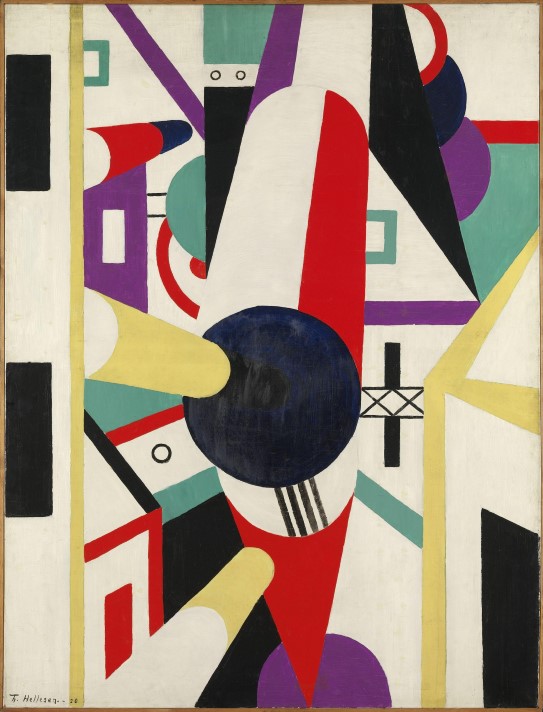
In Paris, Hellesen entered a milieu of artists, critics and authors, and he became close friends with Constantin Brâncuși and Fernand Léger, among others. He defined himself as a Cubist and joined a movement that upturned almost all established ideas about what art should be.
As an artist, he moved restlessly from one Cubist strategy to another. As soon as he mastered the codes of one strategy, he abruptly dropped it and immersed himself in a new one. Around 1920, he finally received a certain amount of recognition in Paris: ‘Of all the Cubists, Hellesen is one of the most interesting, especially because he seems to have achieved a clarified aesthetic in which colour and form interact in a systematic way’, wrote the French artist Amédée Ozenfant.
41 years after his death, Hellesen was rediscovered and some of his paintings were purchased by the National Gallery in Oslo. When the National Museum now opens the first museum exhibition devoted to Hellesen’s art, it takes place 85 years after the artist’s death.